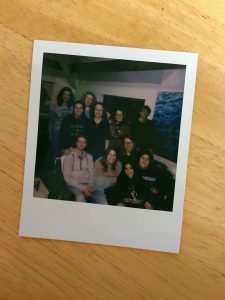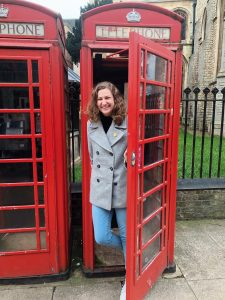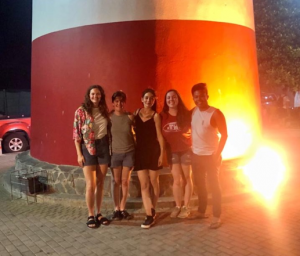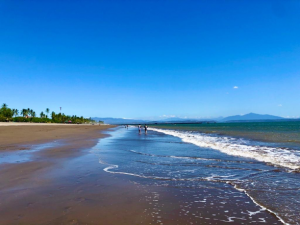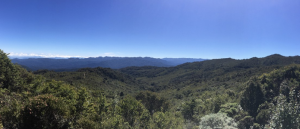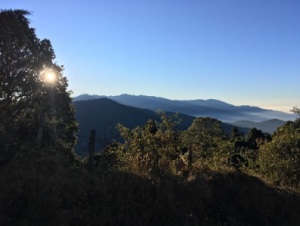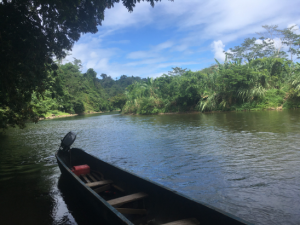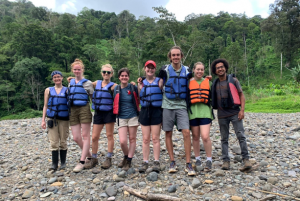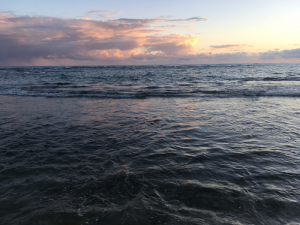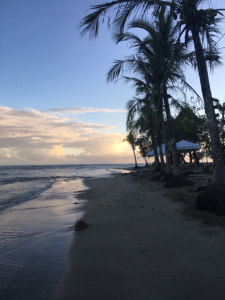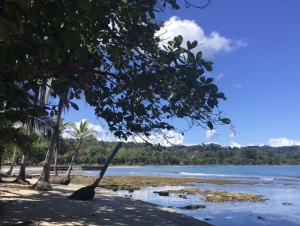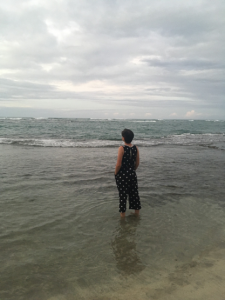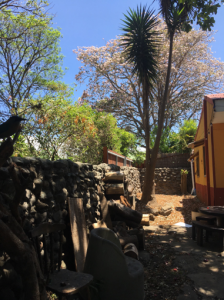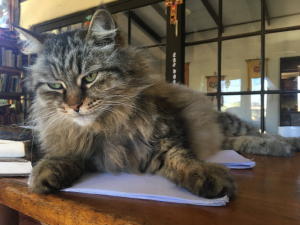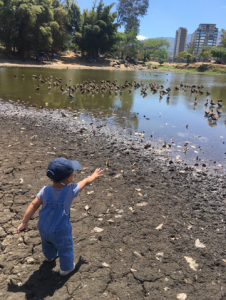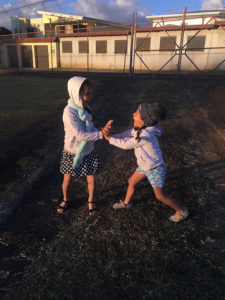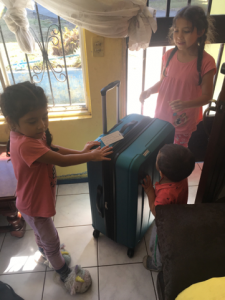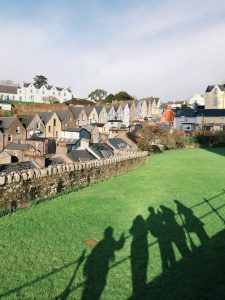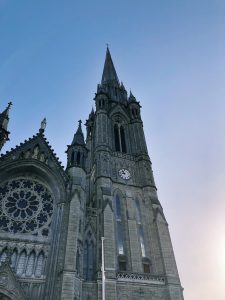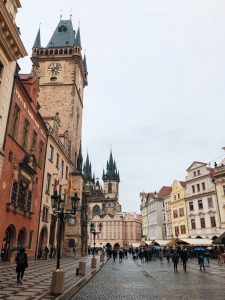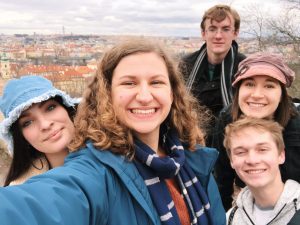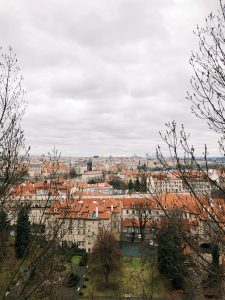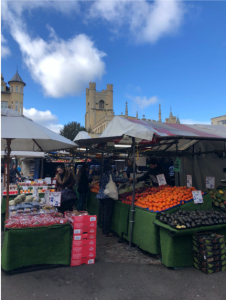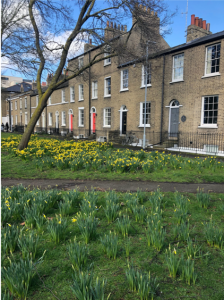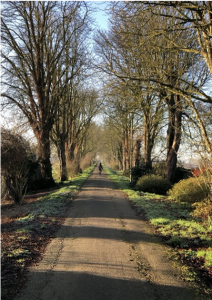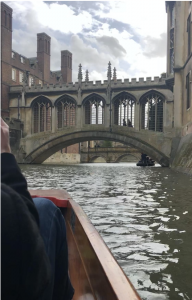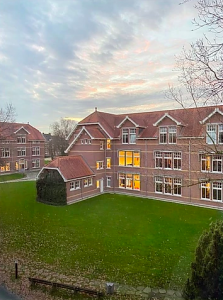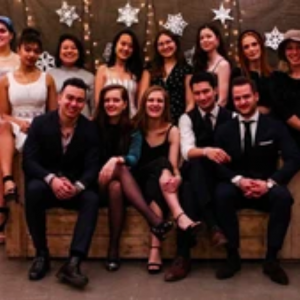Author: Jenna Johnston
Location: San José and Heredia Provinces, Costa Rica
When I filled out my host family profile form for my study abroad application, it asked about religion. I remember writing that I would love to be with a family with whom I could attend church, but that it wasn’t the most important factor for me. I was lucky enough to be placed with a family that is a great fit for me in pretty much every aspect. I love spending time with my little siblings, enjoy the boisterousness of a house of 6, talk about everything from politics to future goals with my tico parents after my hermanitos are asleep, and we’ve been to church together plenty times.
Around 92% of Costa Ricans identify as Christian, including 76% Catholic, 14% Evangelical, and a mere 0.7% Protestant. As a Christian who has floated between mainline Protestant denominations (Methodist, Lutheran, and Episcopalian) my whole life, I approach religious services here with open-mindedness and curiosity, as I’m learning not just about new denominations, but about how those churches manifest in Costa Rican culture.
Catholic Sunday Service at Santa Rosa de Lima Iglesia Católica
My first full day in Costa Rica, I went to Sunday morning church with my host family. I had been warned by many that nothing in Costa Rica starts on time, so I was surprised when we walked up to the church at 10am and the service began right on the hour. (Church services, along with train departures and doctor’s appointments, turned out to be the few exceptions to the “tico time” rule.) I’d never actually been to a Catholic mass before, and there wasn’t a service folder that told me what to do, so I followed along as well as I could. I enjoyed the guitar-accompanied music, the breeze carrying through the wide-open church doors, and the relaxed atmosphere. It was nice to spend time with my new family and get an introduction to their religious life.
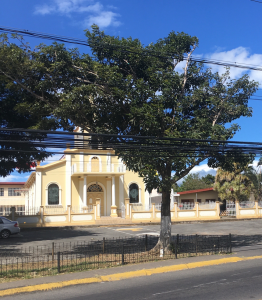
Across the street from the brightly colored Santa Rosa de Lima church.
Evangelical Service at Proyecto Abraham
My second week here, on my way to Longo Mai with my cohort and some Casa Adobe people, we went to a Sunday morning service at an evangelical church. Between the heavy focus on end-of-days theology and the auditorium-like setting, it wasn’t my style, and frankly, I didn’t feel super comfortable during the service. But outside of their services, Proyecto Abraham has a lot of community outreach projects that sounded interesting, and I’m still grateful for the chance to learn more about the diversity of churches and worship styles of Costa Rica.
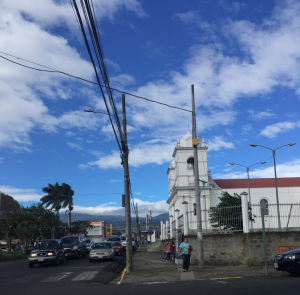
Didn’t get a picture at Proyecto Abraham, but this is the main basilica in Santo Domingo. Due to Spanish colonial influence on urban planning, nearly every city in Costa Rica, including all the ones I’ve visited, has a basilica in the center, right across the street from the city park.
Noche de Música at Longo Mai
During our trip to Longo Mai, we held a music night with several community members, most of whom are immigrants from El Salvador. We sang songs from the Salvadoran and Nicaraguan Peasant Masses, which were written in the 60s and 70s after the Second Vatican Council allowed the customization of mass for different languages and cultures. The masses were immediately banned by oppressive governments, because they spoke of a liberating theology with God on the side of the poor.
I played a ukulele someone brought along, a Longo Mai resident played all the guitar parts from memory, others joined in on violin and percussion, and we all sang our hearts out. I asked Doña Edit what the songs meant to her, and she said she was so grateful to be able to sing them freely and openly, because she could “desaugándome” (let it all out): joy, sadness, gratitude, and everything in between. It was so beautiful to be able to experience a small part of what these protest hymns mean to so many Central Americans.
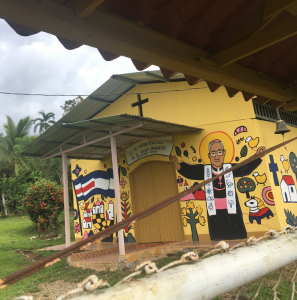
We held the noche de música at Edit’s house. This is the Catholic church in Longo Mai. The mural features Óscar Romero, the Salvadoran archbishop who was assassinated by the government for his activism in 1980. The flag is half a Costa Rica and half an El Salvador flag.
Rezo del Niño
I have attended two small prayer services called Rezos del Niño with my host family. In the Epiphany season (between Christmas and Lent), Costa Ricans celebrate by gathering on a weekend evening in a friend or neighbor’s home. After attending or hosting a rezo, each family finally takes down their large nativity scenes, which are usually adorned with Christmas lights. At the service, there’s usually a rezador, or professional singer, and the host leads the prayers. Everyone prays the rosary together, reflecting on the mysteries of Jesus’ birth and childhood and singing Christmas carols in between each decade (set of prayers). Afterward, everyone shares food and conversation.
I really enjoyed both rezos — while I’m not Catholic, I appreciated the repetitive, meditative nature of the rosary (as well as the chifrijo and tacos we enjoyed afterward!). After the first rezo, I successfully held a conversation with a brand-new acquaintance, which was a first for me in Spanish. (Looking back a month later, I have conversations with strangers all the time. Day-by-day progress is slow, but I’ve improved a lot). The second rezo was last weekend at our neighbor’s house. Due to maintenance and construction, our whole neighborhood didn’t have water for about 24 hours that weekend, and there was something extra meaningful about praying “Lord, have mercy” when we were all praying for our water to come back. It was lovely to experience a uniquely Costa Rican way of celebrating Jesus’ birth and bridging the time between Christmas and Lent.
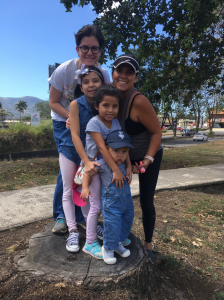
My tico siblings, mom, and I on the same day we went to the second rezo del niño. (Theme of this blog — I don’t tend to take very many pictures at religious services!)
Devotions at Casa Adobe
Every Sunday, Casa Adobe hosts afternoon devotions. When I don’t have too much homework, I attend and always enjoy it. Fabio leads the music on his guitar, and Heidi accompanies on violin. We sing a few songs, pray for each other, and discuss a Bible passage together. I’m still working on getting to the level of Spanish where I’m able to contribute to a high-level theological discussion, but for now, I like listening! Everyone is invited to Sunday dinner afterward, which is always lovely. Since my two classmates/cohort members live at Casa Adobe, I like getting the chance to spend time there outside the class and to continue to get to know the community.
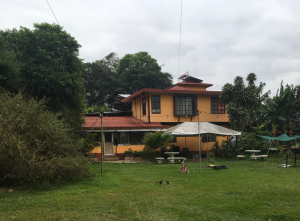
Casa Adobe on an unusually cloudy day.
Friday Night Mass at San Pablo Apóstol
A few weeks ago, my family went to mass on Friday night instead of Sunday morning. It was in a neighboring town at a larger church. One difference I noticed from the smaller Santa Rosa de Lima church was that they had “Sunday school,” or whatever you call Sunday school on Friday nights — the kids all went to a different room for most of the service, playing games and learning the Bible story of the night. In the main service, there was a small contemporary band that alternated with a few recorded tracks. There were also liturgical dancers during the praise songs, who looked so joyful the whole time. The service was a bit long, but I really liked it; thanks to Candlelight at Valpo, I’ll always be partial to evening services.

A (blurry, unfortunately) picture of the church in San Pablo, all lit up for the evening mass.
Coronilla a la Divina Misericordia for Santa Faustina
Yesterday, my tico parents took us to a church in Coronado for a special service that they were helping to run. All over Costa Rica, from households to postcards to key fobs, you find the same image of Jesus, who has rays of red and blue light coming from his hand, with the caption “Jesús, en Ti confío” (Jesus, I trust in You). This image was inspired by St. Faustina’s vision, which she had many years ago on February 22. We celebrated by talking about her life and work, and praying a modified rosary called the “Coronilla a la Divina Misericordia” (Crown of Divine Mercy). It was a really interesting and unique service, and it was lovely seeing my host parents in their element, leading the Coronilla and talking passionately about St. Faustina’s life and purpose.
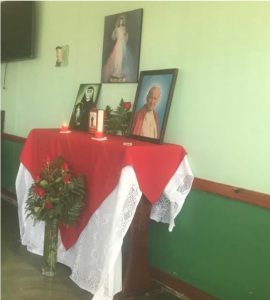
The altar, featuring images of St. Faustina, Pope John Paul II (who canonized her), and the famous painting.
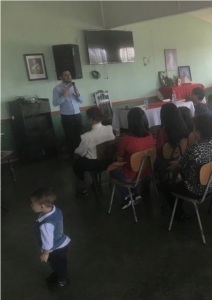
My tico dad speaking to the congregation about St. Faustina’s life.
Whenever I say goodbye to my host mom in the morning, she always says “Que Dios te acompañe” (May God be with you) as I leave for class. From hearing this common phrase, to praying together as a family whenever we drive somewhere, to getting the opportunity to attend such a wide variety of services, I’m grateful for the way I’ve been able to experience Christianity embedded in daily life here in Costa Rica.
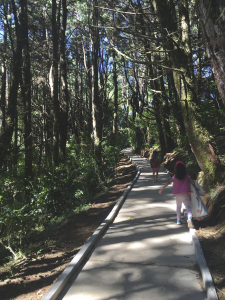
Finding God in a beautiful forest and in my beautiful family.
